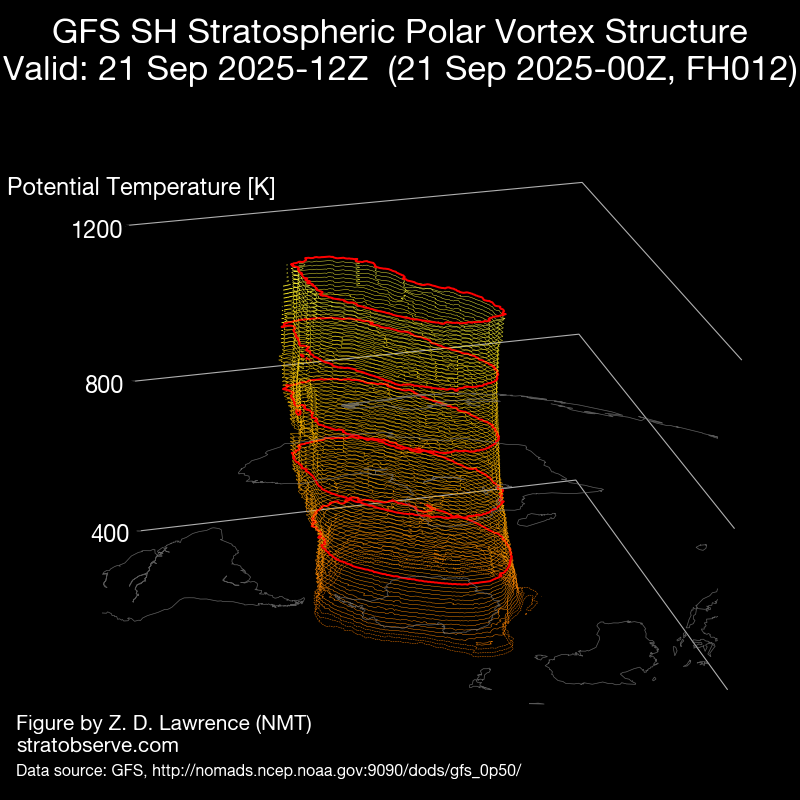Rain from Cairns to Melbourne - Flash Flood Threat Emerges for Southeast Queensland & Northeast NSW
- Weatherwatch
- Nov 30, 2024
- 3 min read
November 30, 2024

Cloud and rain is stretching over 2300km from Cairns to Melbourne. Source: MetCentre
A series of upper systems has created a quasi-stationary trough across eastern Australia, bringing widespread rain and storm activity in recent days. After lingering for several days, this system is expected to track eastwards today as the upper system responsible for the rain and storms shifts east.

ACCESS 500mb temperatures showing the main upper cold pool tracking over Adelaide today, with an upper trough extending further north and east. Source: MetCentre
Flash Flood Threat for Southeast Queensland For Northeast NSW
While the focus of flood watches and warnings have been concentrated to inland areas of NSW, Victoria and Queensland - there is a new concern that may be emerging for parts of Southeast Queensland and northeastern NSW, where localized flash flood risks could develop.

Flood watches (light green) and flood warnings over eastern Australia. Source: Weatherwatch Dashboard.
Humid northeast winds from the Coral Sea have been feeding steady showers into the region this morning. Meanwhile, a trough approaching from the west is expected to settle over the eastern Darling Downs or western areas of the Southeast Coast region late today and overnight.
The approaching upper trough will shift upper winds to a north-south alignment, matching the direction of the trough and associated convergence line. Convergence lines occur where winds meet, creating a focal point for shower and storm activity.
A weak zone of convergence may enhance shower and storm development later today. Winds will also align in the same direction in the upper atmosphere bringing the risk of a more narrow band of heavier rainfall. Source: MetCentre
This setup raises the risk of a "train effect"—when storms and showers repeatedly track over the same area, causing heavy rainfall. In some cases, storms may move so slowly that they continuously redevelop over one spot, further increasing rainfall intensity.
Rainfall totals of 75–150mm or more are possible, bringing a heightened risk of flash flooding and localized riverine flooding across the eastern Darling Downs, western Southeast Coast, and parts of Northeast NSW, including the Northern Tablelands and Northern Rivers.
Most forecast modelling supports moderate to heavy falls - particularly favouring areas around where the convergence line is expected to lie. Source: MetCentre
Broader Rainfall Risks in NSW
A similar pattern is unfolding across NSW, where the rainband has aligned north-south and is tracking slowly southward. While rainfall intensity is lower than in Queensland, persistent rain over broad areas may still lead to flooding in larger river catchments. Flood watches are in place for parts of central inland NSW, with widespread totals of 25–50mm expected.

Widespread rain is still likely to occur today. Source: MetCentre
Looking Ahead
Rainfall is likely to ease across much of the country tomorrow. However, showers and storms could redevelop in Southeast Queensland and Northeast NSW, bringing renewed flash flood risks.

EC MU-CAPE for tomorrow - instability will support shower and storm activity redeveloping. Source: MetCentre
Stay Safe During Heavy Rainfall
Fortunately any impacts will be localised - with the potential for widespread, significant flooding unlikely. Nonetheless, it's important to stay informed and take precautions:
Monitor official weather warnings and updates.
Avoid driving or walking through floodwaters—“if it’s flooded, forget it.”
Weatherwatch – your trusted partner in weather intelligence.















